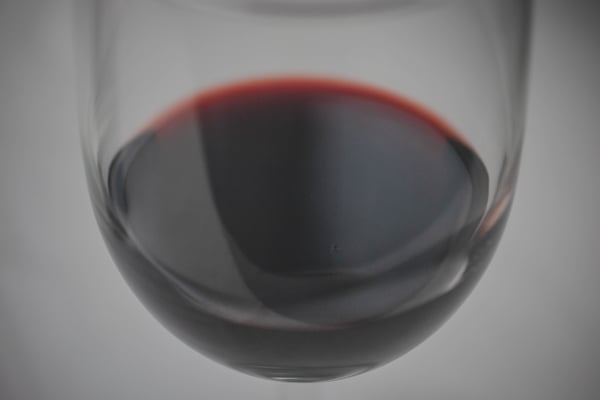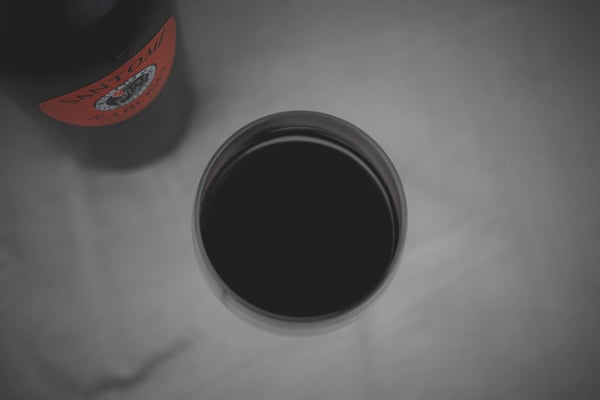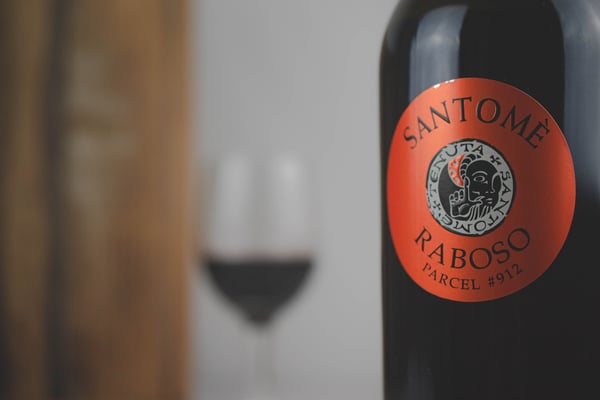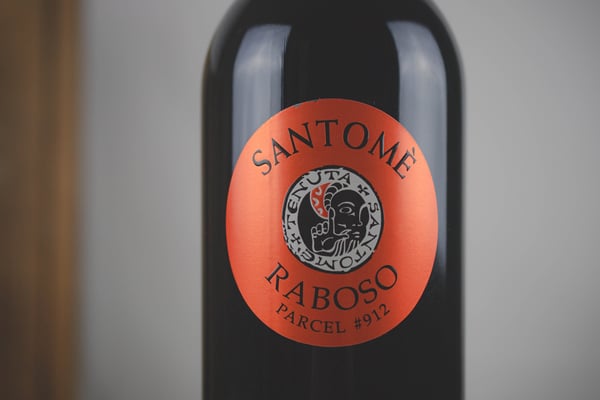
My whole life I've heard people make the statement that either they or their loved ones are like fine wine, because they're improving with age. Sometimes I agree with this observation, sometimes I don't, it depends on the person. Since I've gotten into wine, I often wonder how many of these people have ever tried an aged wine.
What is fine wine?
Fine wine is a vague term, that can change meaning depending on who you're talking to. In general, I would define it as any wine that is capable of aging (improving with age). That seems to fall in line with the simile. The problem with defining wine this way is not all wine is capable of aging for the same degree of time. Some might improve after a year, others might require a decade or more. Also, for every wine there's a point where it will stop improving and begin to decline. In a perfect world, we would know how long each wine needs to improve in order to reach it's peak, but again, this is a problem because it assumes that everyone would agree on the same length of time. Spoiler alert: they wouldn't.
Think of it like this: not everyone likes their steak cooked the same way. Some people like it so rare it's practically mooing, others take it so well done that resembles a charcoal briquette. Which way is correct depends on how you like to eat your steak. It's the same principle with wine, some people might like theirs with a touch of age, others might want to wait until there is no trace of youth in the flavor.

What's the difference between Aged Wine and Young Wine?
If you've ever participated in a formal wine tasting, one of the first things you're asked to consider is a wine's color. This step probably seems kind of useless if you're used to buying wines intended to be consumed young, as every wine you buy is likely to be the same color. However, if you compare that to a wine that has been aged, or something like a Sherry, you'll immediately see the difference in color. While the color might offer a clue as to whether the wine has been aged or not, the real difference is in the flavor.
As a general rule, young wine usually takes on fruity, floral, mineral, and/or slightly herbal aromas and flavors. Winemaking processes, such as malolactic fermentation or oak aging, can add further complexity, with buttery or spicy characteristics. As the wine ages, those bright youthful flavors will become more mature dried, or cooked, fruit flavors, as well as developing some earthy, leathery, tobacco, coffee, caramel, type flavors. This is what all the fuss is about, because that stuff only develops naturally, therefore you can really only get it in a wine that has been properly aged.

How can you tell if a wine is capable of aging or not?
You guess. I'm only half joking with this, there isn't a foolproof method to determine whether the bottle you've just bought will be any good in 5, 10 or 15 years. I've bought wines at a bargain that people thought were well past their prime and had a great experience with them. On the flip side, I've purchased wines I was assured would be great, and they weren't. In all honesty, you just have to roll the dice.
That being said, there is a method to the madness. One of the purposes of wine tasting is to try to determine whether a wine is capable of aging or not. In this case you're looking for structural components: sugar, acidity, body, tannin, alcohol, flavor development and intensity. If you find yourself tasting a wine that has the right balance of these, you can feel more confident that it might improve with age.
Sometimes I think it's easier to understand this by asking yourself what is missing. If you have a well balanced Bordeaux with strong flavors that is completely lacking tannin, it might be better to just enjoy it now rather that letting it sit for 10 years. However, if that same wine has a good amount of acid, isn't too thin, has some tannin, and intense, complex, flavor, maybe you should buy a couple of bottles and stick them in the cellar. If you're nervous about it, talk to people in the industry, ask them what they think, but at the end of the day you have to remember that all investments come with a degree of risk.
That being said, I do know one way you can enjoy some nice aged wine risk free: buying a wine that was aged before being released. As luck would have it, we happen to be carrying one of these here at The Chopping Block.

Allow me to introduce Raboso from Tenuta Santomé. Produced from Raboso Piave, a local Italian grape, this is a very aggressively tannic wine in its youth. Actually, that's how the grape got its name, Raboso means mad, or angry, it comes from the same Latin root that gives us words like rabid and rage. To mellow it out, the producer ages the wine in a combination of oak and chestnut for three years. They then blend and bottle the wine, letting it age in bottle for another two years before releasing it for consumption. By aging it onsite, they take on the lion's share of the risk, allowing the consumer to enjoy a fine aged wine worry free. We're currently selling the 2011 vintage and it's going for about $40.

If you've never tried an aged wine, now is a good time. I mean, what are you waiting for? You're not getting any younger.
If you're interested in learning more about wine check out our upcoming wine classes. Also, if you want to try some of the wines on our list, stop by for Happy Hour.

